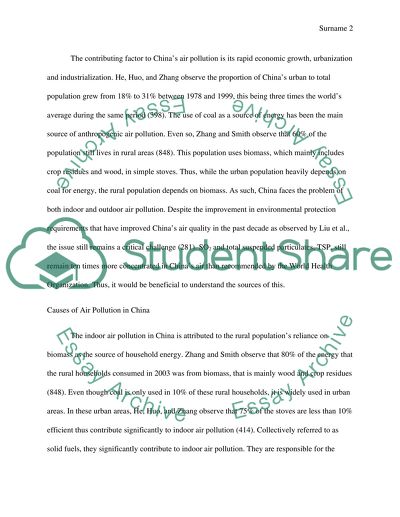Cite this document
(Causes and Consequences of Air Pollution in China Report Example | Topics and Well Written Essays - 1750 words, n.d.)
Causes and Consequences of Air Pollution in China Report Example | Topics and Well Written Essays - 1750 words. https://studentshare.org/environmental-studies/1644761-air-pollution-in-china
Causes and Consequences of Air Pollution in China Report Example | Topics and Well Written Essays - 1750 words. https://studentshare.org/environmental-studies/1644761-air-pollution-in-china
(Causes and Consequences of Air Pollution in China Report Example | Topics and Well Written Essays - 1750 Words)
Causes and Consequences of Air Pollution in China Report Example | Topics and Well Written Essays - 1750 Words. https://studentshare.org/environmental-studies/1644761-air-pollution-in-china.
Causes and Consequences of Air Pollution in China Report Example | Topics and Well Written Essays - 1750 Words. https://studentshare.org/environmental-studies/1644761-air-pollution-in-china.
“Causes and Consequences of Air Pollution in China Report Example | Topics and Well Written Essays - 1750 Words”. https://studentshare.org/environmental-studies/1644761-air-pollution-in-china.


